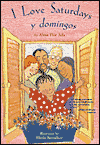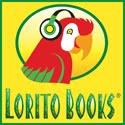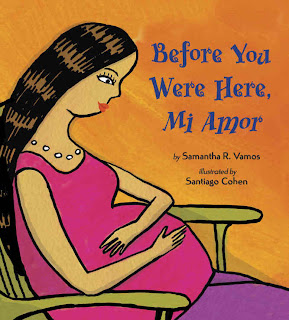
Everyone has a reason to look forward to the weekend, and in "I Love Saturdays y domingos" the little girl can't wait for the weekend to arrive because Saturdays, she shares with her father's parents, and domingos, she shares with her mother's parents.
The book recounts the adventures and experiences she shares with each set of grandparents and the cultural differences that exist between European-Americans and Mexican-Americans.
The book includes bright and colorful illustrations that offer a lot of visual content to discuss with your child. In fact, the first time I read it to my son, I thought he didn't like it because while he normally points things out in the books that he recognizes he merely sat quietly and listened until the book was over.
The next day, however, when I asked which book he wanted to read he looked around the room and said, "Saturdays and mingos." We read it several times that day and I realized that there were so many new things for him to take in, he was merely memorizing the pages to discuss them with us later.
Regardless of whether or not yours is a family that is blending cultures, this book is great to share with children to teach them how differences should be reveled in and celebrated. There is also a natural ease in which the little girl switches between languages which will not only reinforce your child's bilingualism but also normalizes it as an everyday occurrence that we just do depending on with whom we're speaking.
This books also offers an opportunity for you to ask your child about which are his or her favorite things to do with each set of grandparents and to reinforce how special these things are.
"I Love Saturdays y domingos" is also offered in Spanish.




























